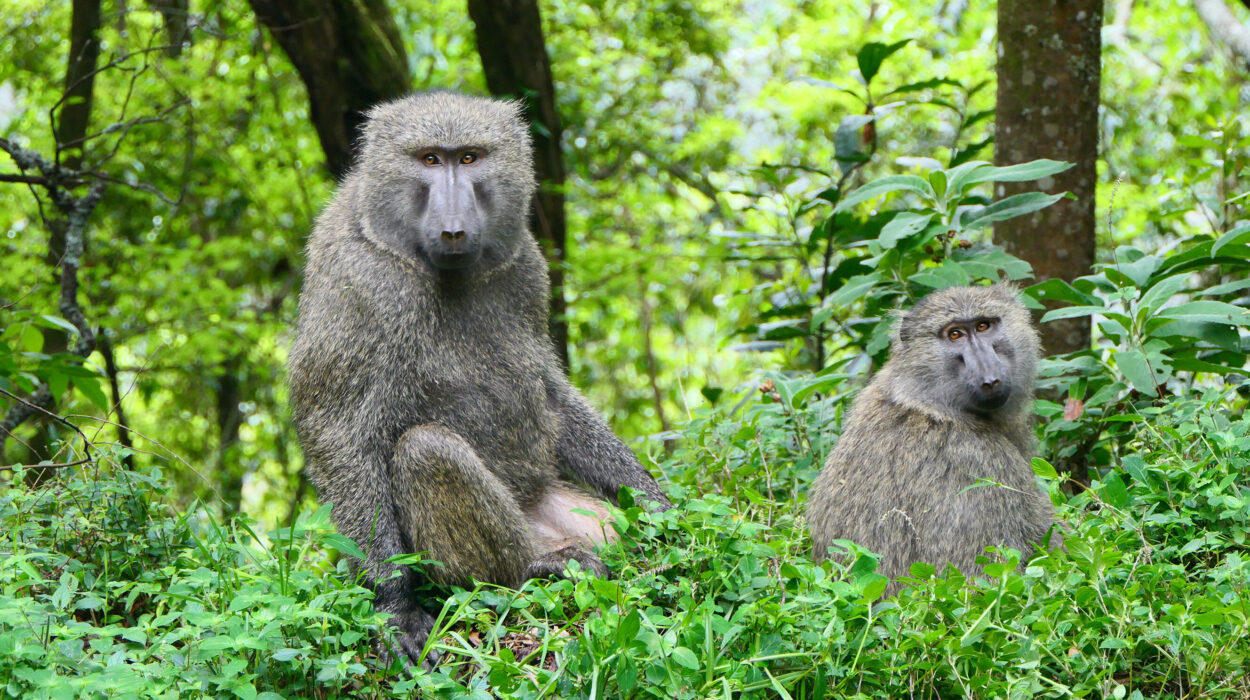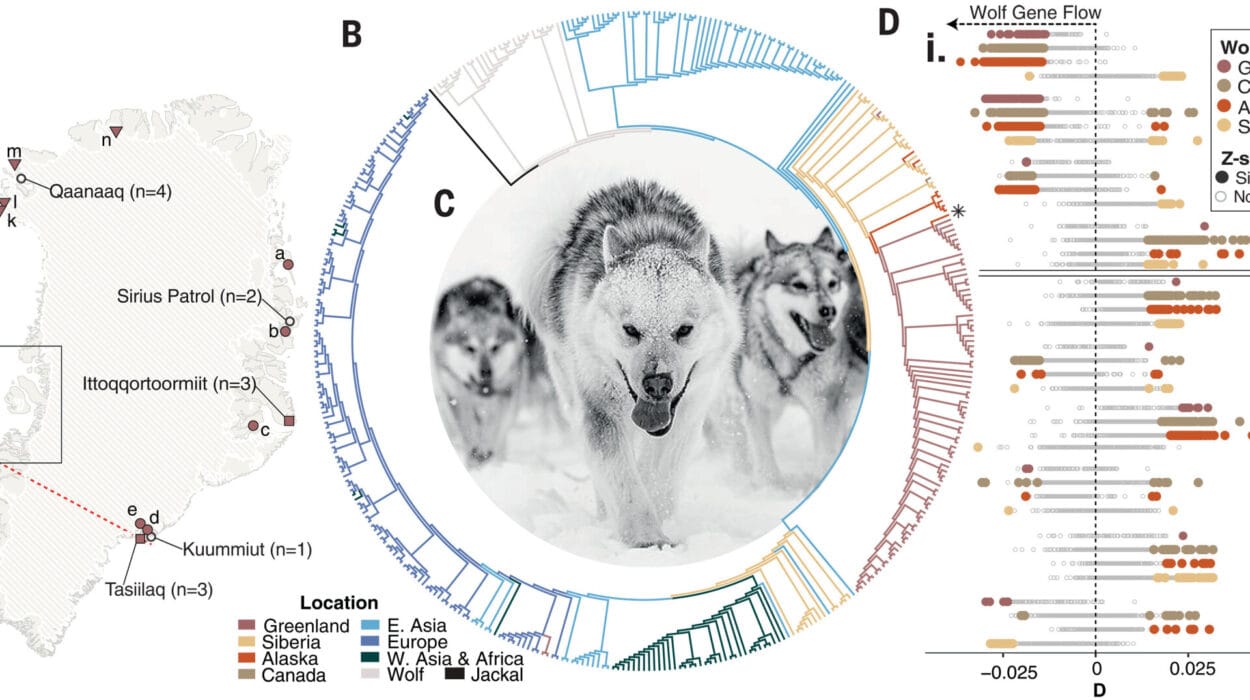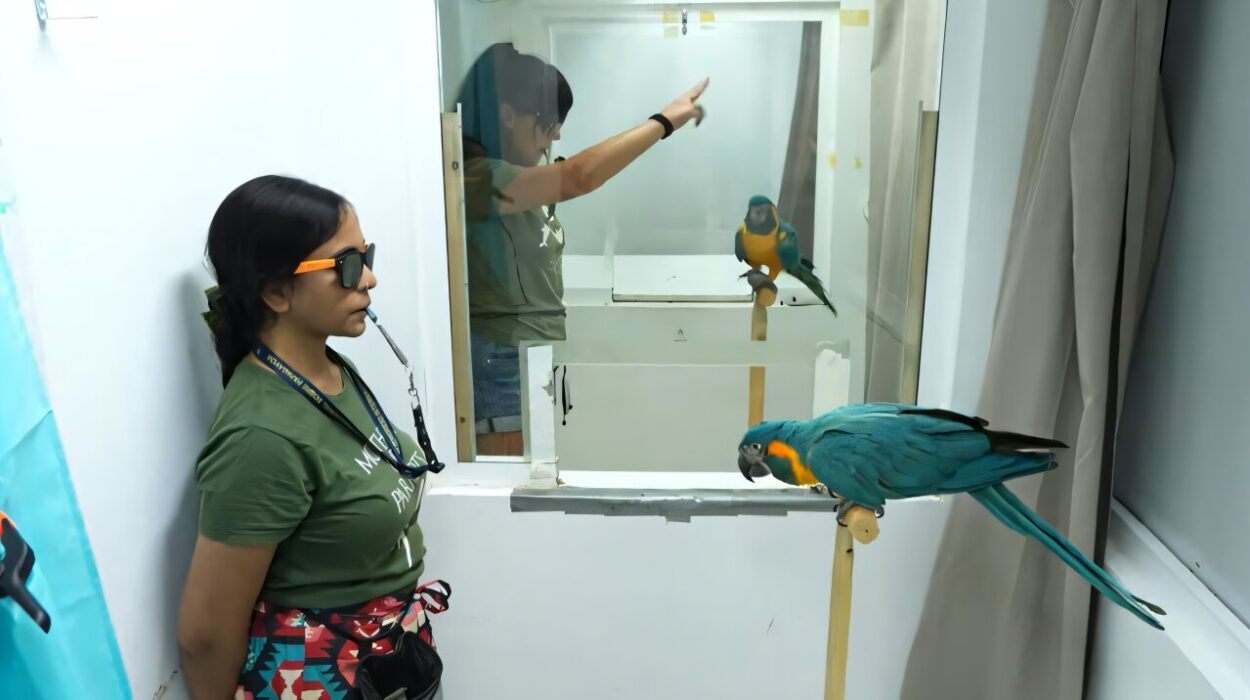About 230 million years ago, in the Late Triassic period, a remarkable chapter in the history of life on Earth began. This was the era when pterosaurs, the first vertebrates to achieve powered flight, took to the skies. Long before the first birds appeared, these ancient creatures pioneered the art of aerial locomotion. Unlike their future avian counterparts, pterosaurs relied on a unique flight mechanism that centered around a wing membrane supported by an extraordinarily elongated fourth finger. This adaptation enabled them to develop active, flapping flight, setting them apart as masters of the prehistoric skies.
Over time, the flight capabilities of pterosaurs evolved significantly. Early species were relatively primitive in design, characterized by short wings and long tails that likely offered limited maneuverability. However, as millions of years passed, a highly specialized subgroup known as pterodactyloids emerged. These pterosaurs, which dominated the Cretaceous period, exhibited slender, elongated wings and significantly shortened tails, optimizing them for sustained and efficient flight. Among these were some of the largest flying creatures ever to exist, such as Quetzalcoatlus, a giant with an awe-inspiring wingspan of over 12 meters.
The evolutionary leap from basal pterosaurs to the advanced pterodactyloids occurred during the Jurassic period. Fossil evidence places the earliest known representatives of pterodactyloids in the Late Jurassic, approximately 160 million years ago. However, much of our understanding of pterosaur evolution during this period is based on fossil discoveries from the Northern Hemisphere. The Southern Hemisphere, by contrast, has yielded relatively few pterosaur fossils, leaving a significant gap in our knowledge of their development in this region.
A groundbreaking discovery has begun to fill this gap. Alexandra Fernandes and Professor Oliver Rauhut, researchers at the Bavarian State Collection for Paleontology and Geology (SNSB), recently unveiled a new species of pterosaur from Argentina’s Chubut province. This species, named Melkamter pateko, lived around 178 million years ago during the late Early Jurassic, making it one of the oldest known members of the pterodactyloid lineage. The discovery, published in Royal Society Open Science, pushes the origins of pterodactyloids back by at least 15 million years, challenging previous assumptions about their evolutionary timeline.
The discovery of Melkamter pateko is significant not only for its age but also for its location. Most Jurassic pterosaurs have been found in marine sediments, indicating they lived near coastlines and likely fed on fish and other aquatic prey. In stark contrast, Melkamter pateko was discovered in what was once an inland environment, far from any ancient sea. This inland habitat suggests that the species fed primarily on non-aquatic prey, such as insects, offering a fresh perspective on pterosaur ecology.
This inland adaptation aligns with recent hypotheses suggesting that the pterodactyloid lineage may have originated in terrestrial environments. The ability to hunt highly mobile prey like flying insects could have played a critical role in the evolutionary success of this group. By exploiting ecological niches far from marine ecosystems, early pterodactyloids may have diversified and flourished in ways previously unrecognized.
The implications of this discovery extend beyond the boundaries of paleontology. It underscores how much remains to be uncovered about the life and evolution of pterosaurs, particularly in the Southern Hemisphere. Historically, much of the focus in paleontological research has been concentrated on the Northern Hemisphere, which has a more extensive and accessible fossil record. However, findings like Melkamter pateko highlight the untapped potential of southern continents in revealing new insights into prehistoric life.
According to Alexandra Fernandes, the lead author of the study, the discovery of Melkamter pateko emphasizes the importance of broadening the scope of paleontological research. “It is possible that an early specialization in highly mobile prey such as flying insects contributed to the evolutionary success of the pterodactyloids. This find highlights not only how little we still know about the pterosaurs of the Southern Hemisphere but also the potential that the southern continents have to improve our understanding of pterosaur evolution,” she explains.
The study of Melkamter pateko opens new avenues for understanding the evolutionary history of pterosaurs. It suggests that the rise of pterodactyloids, and perhaps even their initial diversification, may have taken place in regions previously overlooked by researchers. This inland discovery challenges the traditional marine-centric narrative of pterosaur evolution and raises intriguing questions about how environmental pressures shaped their development.
Moreover, this finding invites further exploration of the ecological dynamics of early Jurassic ecosystems. It sheds light on how pterosaurs interacted with other species, adapted to terrestrial habitats, and carved out ecological niches distinct from their coastal relatives. The evolutionary trajectory of Melkamter pateko suggests a broader diversity of lifestyles among pterosaurs than previously recognized, hinting at the complexity of their evolutionary story.
The discovery of Melkamter pateko represents a milestone in our understanding of pterosaur evolution. It bridges a crucial gap in the fossil record, extends the known timeline of pterodactyloid origins, and highlights the need to explore less-studied regions of the world for paleontological research. As more discoveries emerge, they will undoubtedly continue to refine our understanding of these fascinating creatures that once ruled the skies. In doing so, they remind us of the intricate and dynamic history of life on Earth and the endless possibilities for discovery that lie within its ancient past.
Reference: Alexandra E. Fernandes et al, The oldest monofenestratan pterosaur from the Queso Rallado locality (Cañadón Asfalto Formation, Toarcian) of Chubut Province, Patagonia, Argentina, Royal Society Open Science (2024). DOI: 10.1098/rsos.241238






